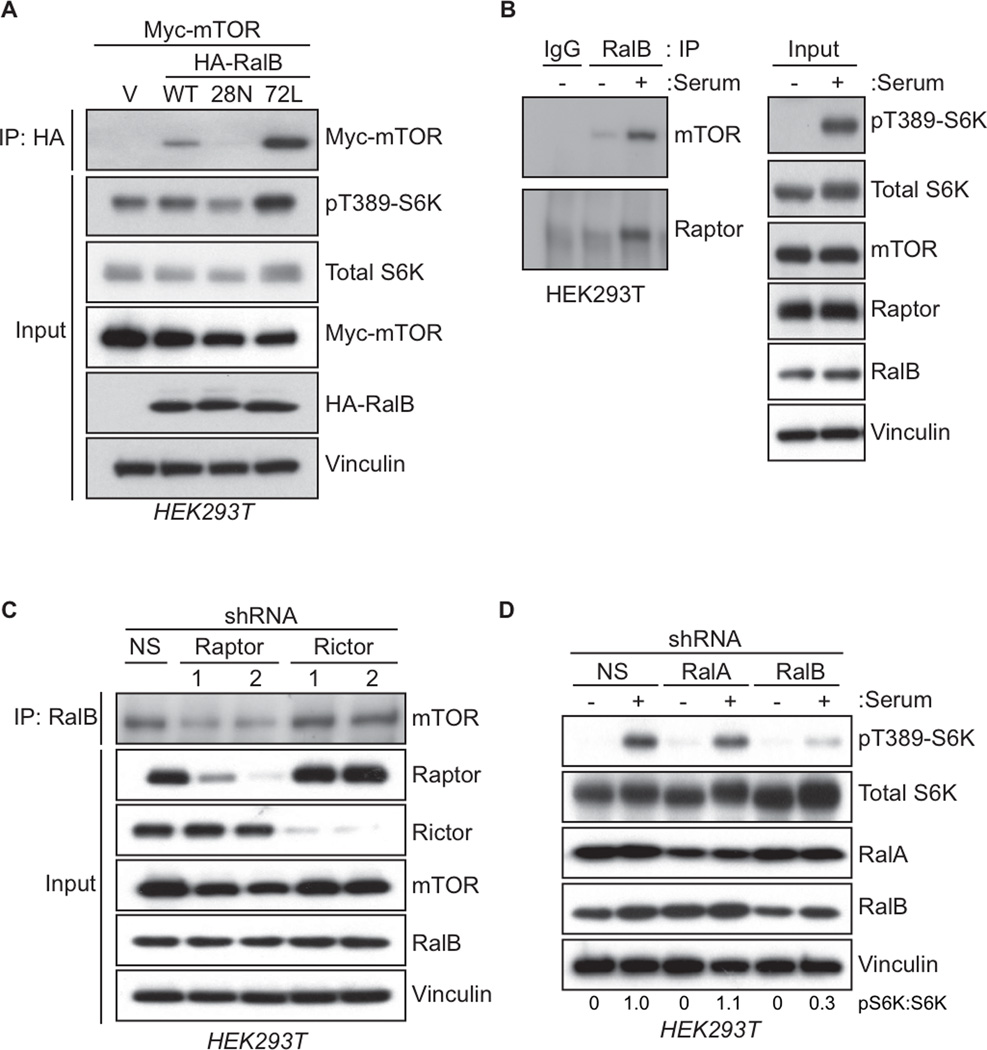Figure 3. RalB Associates with mTORC1 and Regulates mTORC1 Signaling.
(A) Active, GTP-bound RalB associates with mTOR. HEK293T cells expressing the indicated HA-tagged RalB proteins and Myc-tagged mTOR were subject to anti-HA immunoprecipitation. After SDS-PAGE, association of HA-RalB with Myc-mTOR was determined by western blotting with anti-Myc. Total cell lysates were probed with the indicated antibodies, with anti-vinculin to verify equivalent input of total cellular protein and anti-pS6K to determine mTORC1 activity.
(B) Endogenous RalB associates with mTORC1 upon serum stimulation. HEK293T cells were starved of amino acids, serum, and glucose for 1 h. Cells were then either untreated (−) or treated with serum to a final concentration of 10% (+) for 20 min. Lysates were resolved by SDS-PAGE and subject to immunoprecipitation with anti-RalB antibody. RalB-mTORC1 complex formation was determined by western blotting immune complexes with anti-mTOR and anti-Raptor. Total cell lysates were probed with the indicated antibodies to verify equivalent expression of protein and to determine mTORC1 activity (pS6K).
(C) Raptor is necessary for RalB to associate with mTOR. HEK293T cells stably transduced with the indicated lentiviral shRNA constructs for Raptor and Rictor were subject to immunoprecipitation with an anti-RalB antibody. RalB-mTOR complex formation was determined by western blotting RalB immune complexes with anti-mTOR antibody. Total cell lysates were analyzed with the indicated antibodies to verify equivalent protein expression and protein knockdown.
(D) RalB is necessary for mTORC1 response to serum stimulation. HEK293T cells stably transduced with the indicated lentiviral shRNA constructs for RalA or RalB were starved of amino acids, serum, and glucose for 1 h. Cells were then either untreated (−) or treated with serum to a final concentration of 10% (+). Lysates were analyzed by immunoblotting with the indicated antibodies including pS6K to determine mTORC1 activity. See also Figure S3.

